Steve Locke has two concurrent exhibitions taking place at Gallery Kayafas and Samsøñ called “FAMILY PICTURES” and” SCHOOL OF LOVE” The two exhibitions, which are on view now and run through November 26th. We spoke recently.
Robert Moeller: There is a barely contained ferocity present in this work, like a pot spilling over. Was it difficult to mediate the connections between what is historical and events that continue to happen today with all too much frequency? Specifically this almost linear and constant progression from lynchings to police killings, as one example, that is strikingly current.
Steve Locke: In all honesty, I don't see a great deal of difference between historical events and the current moment. A great many of the lynchings of the past were carried out with the knowledge and sometimes support of law enforcement. So that connection is already present. I think the work makes that connection explicit and links it to a domestic identity (in FAMILY PICTURES) and to my own emotional education (in THE SCHOOL OF LOVE). The big difference now is that the camera is in a different hand, in the case of me as the maker and in the case of people being brutalized by the state. So I don't think there is a "progression" from lynching to the current moment. I think that the dominant culture experiences what is happening as New when it fact, people of color can tell you that it's not. Video evidence of people being killed by the police is shown on televisions all over the country. We saw Eric Garner and Tamir Rice and Walter Scott killed over and over again in our homes, laptop screens, pubs with televisions, and phones.
My work has always dealt with masculinity and the consequences of power and violence. It's done this with severed and floating heads, heads on poles, lolling tongues, etc. There is a sense of loss and rage in all my work, but I agree with you that that sense has been ratcheted way up in THE SCHOOL OF LOVE and FAMILY PICTURES.
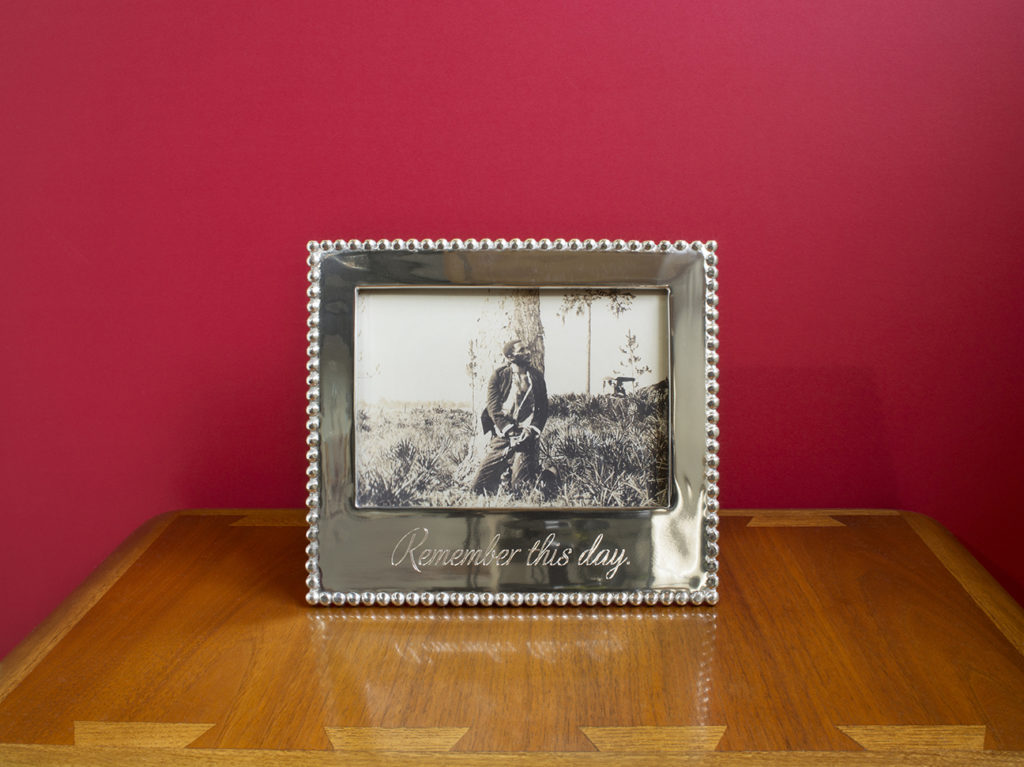
Steve Locke, Untitled (Remember this day - red), 2016
RM: There is a distinction being made here between the personal (“THE SCHOOL OF LOVE”) and the more public (“FAMILY PICTURES”). One body of work feels like an interior monologue while the photographs offer a more external (and explicit) critique of race relations in this country. What led to the side-by-side development of the two ideas?
SL: I've thought of this as an exhibition in two parts. FAMILY PICTURES came first and was an exploration of existing images. Also, this is work that has come out of the crucible of the current political moment. But that is not to say that this is an outsiders view or that there is a discreet public-private split in the work. I'm black, and I have to say that the effect of seeing black people murdered by the state on television with no consequences for the killers is deeply traumatic and terrifying. I'm not exaggerating here. So the critical position of FAMILY PICTURES comes from a deeply emotional place of anger and terror. The publicness comes from the source material and from the modes of address that are baked into the installation and the elements of the framed photo.
The show at Gallery Kayafas uses vitrines and magnets for display. There are no frames, no labels, and no magic. Everything is presented as evidence and these choices make the work public.
THE SCHOOL OF LOVE has a different logic that is rooted in notions of education and learning. It operates with symbolism and the ways meaning comes through adjacency and contact. The reasoning in this part of the show is more intuitive and deals with the same internal rage and marginalization but presents a form for the consideration of those ideas - mostly because there is no existing form. The library in THE SCHOOL OF LOVE consists of gay porn books that can be thought of as sites of degenerate sexuality but also are evidence (to a young gay boy) that there are other people in the world who seek the same kind of pleasure. That part, the discovery of pleasure, despite the violence of whiteness and of maleness, is a big factor in my emotional education.
THE SCHOOL OF LOVE came after the photos. I think, in hindsight, that I needed to deal with the images that were coming through media first. Once I finished the photos it took me a while to process how I felt about them. I look at the work and I wondered, "How can people do that?" In trying to answer that question, THE SCHOOL OF LOVE started to take shape.
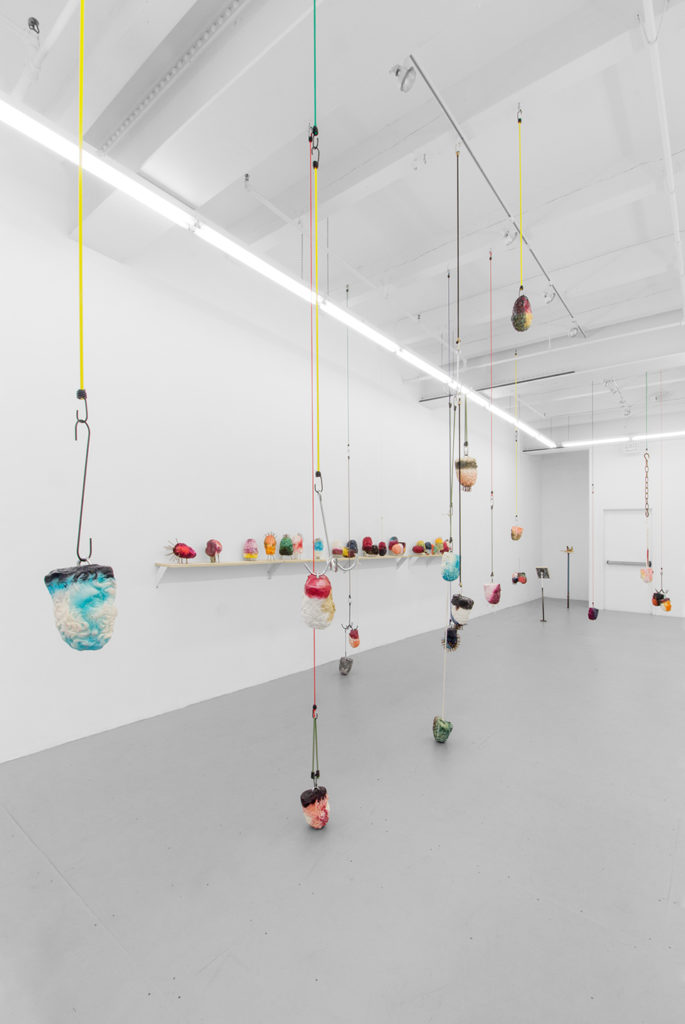
Steve Locke
The School of Love installation shot
RM: Speaking of the work situated in the crucible of the political moment, it is interesting that this work emerges during the final weeks of an election cycle that many consider the most divisive in our history. On one hand, there is the blatant racism and sexism of Donald Trump that still, surprisingly, continues to hold some appeal to voters and the compromised progressive vision of Hillary Clinton, where, at least, there is talk of judicial reforms intended to end mass incarceration and address police violence. Is there some light at the end of this particular tunnel?
SL: The work has been brewing since before this election cycle, but I think its presence now underscores a lot of the things that are in the zeitgeist.
It’s been in the air since Obama was elected. Like a lot of black Americans (and black people worldwide) I have feared for the safety of the President and his family since they moved into the White House. (Don’t forget that someone shot at and HIT the White House while one of the Obama daughters was asleep inside.) Far from any sort of racial healing, Obama’s election drove the racists in this country completely insane. You see it in their opposition to him not on a policy basis, but in ways that have no relationship to reality. They claim that he is some kind of tyrant or Manchurian Candidate sent to destroy America from within. It’s not an exaggeration to say that a large segment of the mainstream political right in this country has espoused and supported this kind of rhetoric and now it has reached its zenith (or nadir) with Trump. He has stated clearly and openly the racist messages that other GOP politicians have coded or dog-whistled to supporters.
So while black and brown people have long known that there is a deep core of white supremacist thinking and desire in this country, it has come as a shock to a lot of white liberal and progressive thinkers. The shock to them is so great that they struggle to see what Trump’s appeal is to these people and they want to frame it in terms of white anger over economic disenfranchisement. It has nothing to do with economics and everything to do with white fear of black people/immigrants/Muslims/queers/women taking over “their country.” This is borne out in the core and fringe support of Trump, but make no mistake, it had its start in Obama’s election and the effect his and his black family’s physical presence has had on the white imagination. People hate him because he’s black. Trump has linked himself to that hatred and the GOP is betting that they can get power by hitching themselves his shit-show. It’s cynical and disgusting.
If Mrs. Clinton is elected (and I did vote for her) the battle lines are drawn. She is a skilled and deeply political person. I think that she will face the same kinds of political opposition that Obama faced but, because she is white, the racial dimension of the attacks will diminish but still, her candidacy has exposed the GOP’s misogyny, which a lot of the white women in the GOP are seeing for the first time. I don’t think those women will put up with it. I think that if HRC is guilty of anything, she’s guilty of not trusting or liking the people who have hounded her for her entire political life. I think she’s guilty of wanting to control what is said about her, because when you are accused of murdering one of your friends, you really don’t want to trust anybody with information about your personal life. I also think that she is an expert POLITICIAN and that has become a kind of gutter insult. I disagree with some of her policies (as I do with President Obama) but she is not an insane paranoid. Mass incarceration, police violence, and climate change can be addressed only by talking to a sane person with the willingness and agency to recognize black people as equals. Trump and his followers cannot even pass that basic test of humanity.

Correggio, active 1494; died 1534
Venus with Mercury and Cupid ('The School of Love')
about 1525
Oil on canvas, 155.6 x 91.4 cm
Bought, 1834
NG10
http://www.nationalgallery.org.uk/paintings/NG10
RM: The Correggio painting that informs “School of Love” feels so distant and removed from what we are discussing and yet the quietude and genuine placidness of the painting suggests a beginning or starting point, the juncture where a child (Cupid) begins to learn. It really is an apt place to spin headlong into the depiction of one’s own personal narrative. Why was it necessary to go so far back into the art historical record to find that sort of jumping off place?
SL: The Correggio is a very haunting image, isn't it? We really don't know what it depicts. The scene is not mentioned in any of the myths. It's not Homeric. It's not in Ovid. It's not even in Bulfinch's Mythology. So the painting has this enigmatic quality. It kind of comes across in reproductions, but when I saw it in London I stared at it for about an hour. I could not figure out what was going on or why it was so compelling.
Cupid is a boy-child being educated by Mercury. So you have Cupid's mother, Venus, turning her son over to an older man to for an education. Cupid is often characterized as the most powerful of the gods since his arrows can inflame passions or cause revulsion- he's the god of desire and erotic love. And in the painting, he's getting an education not from his mother, the goddess of love, but from the god of communication, messengers, magic, poetry, transactions, boundaries, and trickery. Those are the skills that love needs.
Correggio's painting got me thinking about my own sentimental education, my history, and my "school of love." I think I went back to it because it contains this truly tender image of an older man teaching a child—a child who is a symbol of sexual power but is not a sexual plaything for the older man. It's also about love learning how to be in the world.
I realize as I'm saying this that it's very different for gay men now. I came out at the very beginning of the plague that would be called the AIDS epidemic. Most of the men who were my lovers and friends from that time are dead. I had very few role models. Examples of gay people in the culture were terrifying or foppish and ridiculous. The only places I knew of to learn about being gay were bars and bookstores and there was so much shame and fear attached to a lot of what I was discovering about myself. My father died when I was young. I had a Jesuit education in an all-male high school. I was taught that so much of what I thought I might be was awful. In that era, there was a lot to navigate and it had to be done in the world. Now you can look on the Internet and find other gay people. Then you had to go out in the world and meet people on the street or in clubs and while part of that was fantastic and freeing, part of it was physically and emotionally brutal. Some of that is borne out in the titling of the works, the nails, the heads, the wall of white "teachers."
I had a lot of Mercury-like people in my life, for good and for ill. I learned great things from the Jesuits, truly, but while they trained me to think critically, I also was trained to think that I was an abomination by my church. I learned about community and connection in the gay scene of the 80s and I also learned about the sexual racism of that culture. I love that you say, "spin headlong" into the personal. It's an apt description. I resist the notion of narrative because I think that implies that there is a story with a beginning, middle, a climax, and an end. I don't want to narrate my life.
I think that a lot of people talk about "narrative" in art and life in a way that makes me deeply uncomfortable. To apply a notion of narrative to a life as it is being lived posits a person as the main character in a novel that is about themselves. This turns everyone in the world into secondary actors who, instead of being fully formed humans, are set pieces, foils, or supporting characters.
It's what Guy Debord warns about in the “Society of the Spectacle” where the appearance of living is a substitute for actual life. My life isn't a narrative. It's not a "journey." I don't have a story; I have life experiences. I balk at notions of narrativizing my own life. This isn't a heroic journey. It's just one life like everyone else's.
In art, people say something is "narrative" and when I ask them what the narrative is they can't tell me. I think they mean that the work is suggestive, evocative, pregnant, all sorts of things but they go to narrative because it allows them to not have to deal with what is actual going on in the work. "Oh, there's some kind of story here." No, there's not. The artist has created conditions that are forcing you to think and make decisions about what is going on. Narrative is telling you what is happening. There's not really a debate about what is actually happening in a narrative painting like Scully's “Washington Crossing the Delaware”. We know the story and the painting reinforces it. But to call a picture like [Correggio's] "The School of Love" or it's precedent, Leonardo's “Virgin of the Rocks” narrative is kind of nutty because no one knows what the story is.
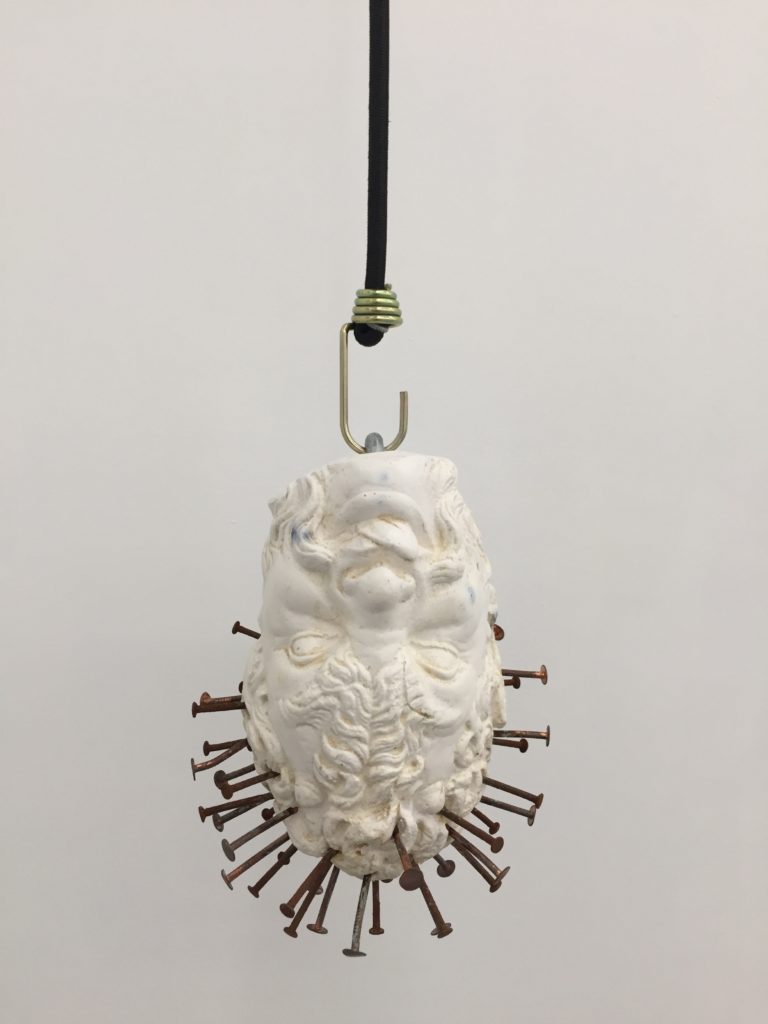
Steve Locke, Student #12, 2016
I love what Maurizio Cannavacciuolo said about Fra Angelico's “Death and the Assumption of the Virgin” when he saw it at the Gardner Museum. He called it "a piece of wood that is a tool to make you dream."
That beats narrative any day of the week.
RM: One way the cast faun heads read is as if they are transmitting or receiving information, additionally, they are bound up into a network. Am I wrong to imagine the nails as antennas of some sort, metaphorically perhaps, tapping into the outside world? Or conversely, acting as a transmission point or messaging system?
SL: I hadn't thought that way about my work, but I find it really interesting that kind of reading is available. I have my own reasons for doing what I do. One day I'll be dead and what I think about my work is not going to matter. If it's going to succeed as art then the work has to be able to engender a response in the viewer independent of my intentions, desires, or reasoning. Sol LeWitt tells us that the artist can misunderstand their own work, I don't know what the hell Correggio intended with his "School of Love", honestly, I don't even think that is the title he gave the picture. But it reached out of time to me and moved me to think about my own coming of age with a measure of compassion for my younger self and what it took for me to survive my own life. If I limited the meaning of that painting to just what the artist packed into it, I would have missed out.
- Steve Locke The School of Love installation shot
- Steve Locke The Student
- Steve Locke The School of Love installation shot
- Steve Locke Family Pictures installation shot
- Steve Locke Family Pictures installation shot
- Steve Lock Untitled (Remember this day)

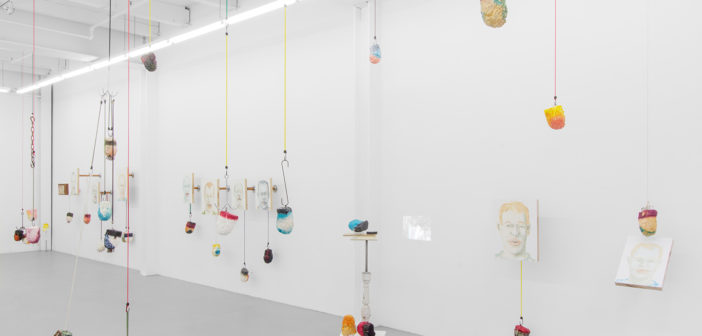

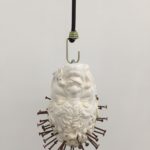

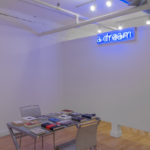


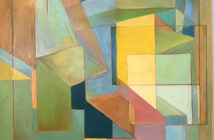

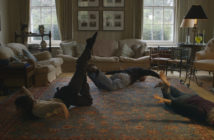
1 Comment
Pingback: Steve Locke’s Exhibitions – Three Views